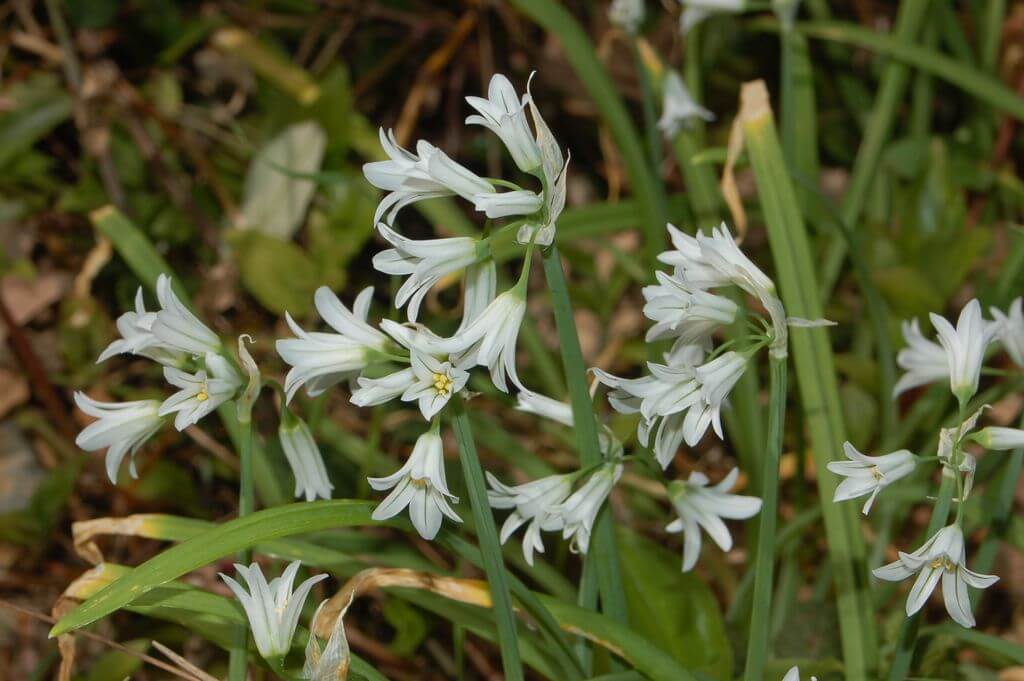Agriculture Victoria (2020). Angled onion (Allium Triquetrum). Victoria State Government. Available at: Angled onion (Allium Triquetrum) (Nox) | VRO | Agriculture Victoria
APC (2021). Australian Plant Census. Council of Heads of Australasian Herbaria (CHAH). Available at: Vascular Plants APNI (biodiversity.org.au)
AVH (2021). The Australasian Virtual Herbarium. Council of Heads of Australasian Herbaria (CHAH). Available at: Home - AVH (chah.org.au)
Brown, K. & Brook, K (2002). Bushland Weeds - A Practical Guide to their Management. Environmental Weeds Action Network, Greenwood, W.A
eFloraSA (2021). Electronic Flora of South Australia. State Herbarium of South Australia: Adelaide. Available at: Census of SA Plants, Algae and Fungi (flora.sa.gov.au)
Government of South Australia (2015). Declared Plant Policy, Three-Cornered Garlic (Allium triquetrum). South Australia. Available at: Proclaimed Plant Policy (pir.sa.gov.au) [pdf link]
Muyt, A. (2001). Bush invaders of South-East Australia: A guide to the identification and control of environmental weeds found in South-East Australia. R.G. & F.J. Richardson, Melbourne.
Parsons, W.T. & Cuthbertson, E.G. (2001). Noxious Weeds of Australia. CSIRO Publishing, Collingwood, Victoria.
PlantNET (2021). The NSW Plant Information Network System. Royal Botanic Gardens and Domain Trust, Sydney. Available at: PlantNET - FloraOnline (nsw.gov.au)
Queensland Government (2016). Allium triquetrum. Weeds of Australia, Biosecurity Queensland Edition. Department of Employment, Economic Development and Innovation (DEEDI). Available at: Allium triquetrum (lucidcentral.org)
VicFlora (2016). Flora of Victoria, Royal Botanic Gardens Victoria. Available at: VicFlora: Allium triquetrum (rbg.vic.gov.au)
Western Australian Herbarium (1998–). FloraBase—the Western Australian Flora. Department of Biodiversity, Conservation and Attractions. Available at: Taxon Profile of Allium triquetrum L. | Florabase (dbca.wa.gov.au)



































